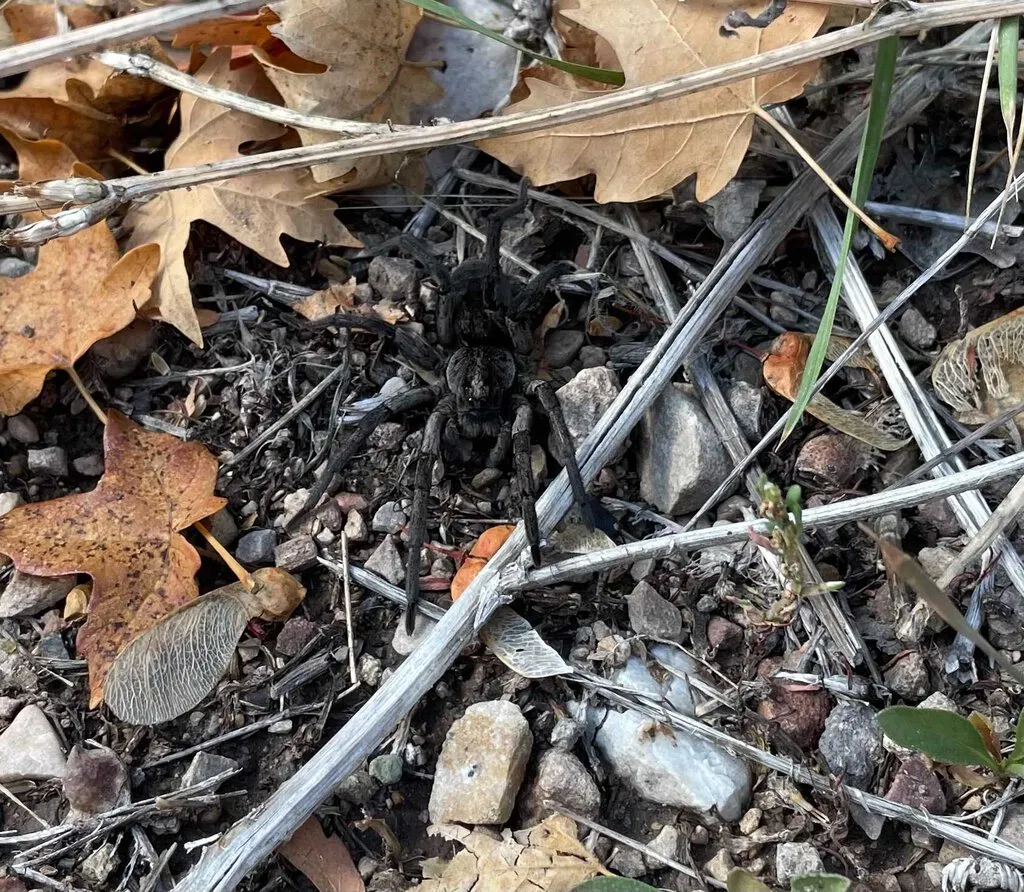What is the Utah Tarantula Migration
The Utah tarantula migration is a captivating natural phenomenon occurring annually in the state. It involves the mass movement of male tarantulas as they actively seek mates. This event typically happens in late summer and early fall, transforming the landscape as these large, hairy spiders become highly visible. During this period, the normally reclusive tarantulas venture out of their burrows, embarking on a journey that can span several miles. The migration is primarily driven by the spiders’ reproductive cycle, with the males driven by a powerful instinct to find a female and reproduce. It’s a spectacle that draws the attention of nature enthusiasts and provides a unique opportunity to observe the behaviors of these fascinating creatures. The migration highlights the crucial role these spiders play in their ecosystem.
Timing of the Migration
Understanding the timing of the Utah tarantula migration is key for those hoping to witness this spectacle. The migration typically occurs during a specific window each year, influenced by environmental cues and the spiders’ biological clocks. The precise start and end dates can vary slightly depending on weather conditions and the specific microclimate of the area. Knowing the general timeframe allows observers to plan their outings effectively and increases the chances of seeing the tarantulas. Peak migration activity is often concentrated within a few weeks, making it important to stay updated on local reports and observations to pinpoint the best viewing periods. This understanding enhances the overall experience, ensuring the most rewarding opportunity to witness this natural phenomenon.
When Does the Migration Happen
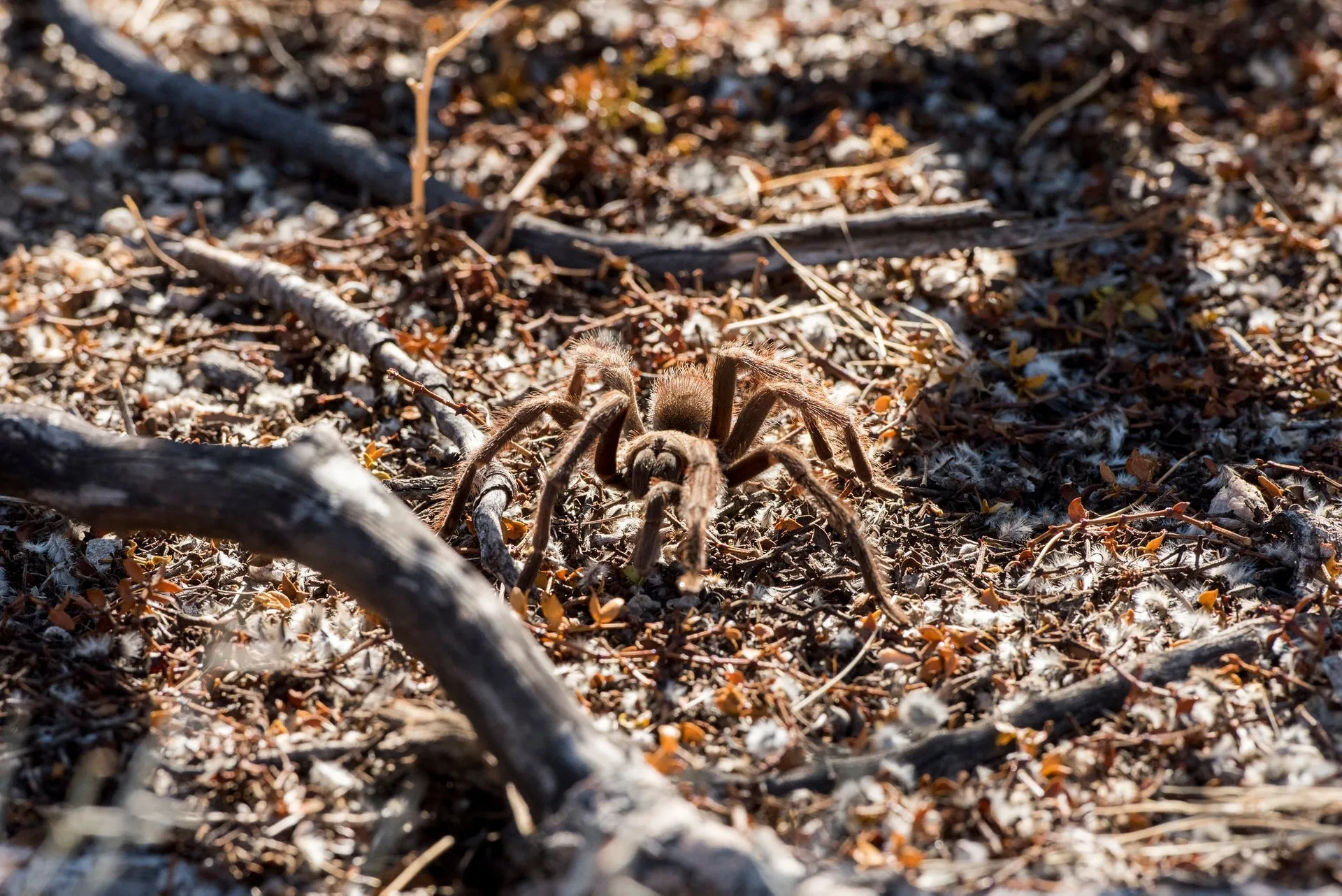
The Utah tarantula migration generally takes place from late August through mid-October, but the exact timing fluctuates. The beginning of the migration usually coincides with the end of summer and the onset of cooler temperatures. The peak activity can occur any time during this period, with the exact timing varying based on location and weather patterns. The migration is often triggered by changes in humidity, as well as the shortening of daylight hours. As the male tarantulas mature and the mating season approaches, they become restless and begin their search for females. Monitoring local weather reports and observing environmental conditions can help in anticipating the start and duration of the migration in any given year. It’s essential to be patient and persistent, as the window of opportunity can be relatively brief.
Factors Influencing Timing
Several factors influence the timing of the Utah tarantula migration, making it a dynamic event. Temperature plays a critical role, with cooler evenings often signaling the start of increased activity. Humidity levels also have a significant impact, as tarantulas are sensitive to changes in moisture. The availability of food can indirectly influence the timing, as well, as the tarantulas need to be well-nourished before they embark on their journey. The shortening of daylight hours also serves as a key trigger, signaling the approach of the mating season. These environmental cues work in concert, prompting the male tarantulas to emerge from their burrows. Changes in these conditions from year to year contribute to variations in the migration’s start, peak, and duration, adding an element of unpredictability to this natural spectacle.
The Tarantula Species Involved
The tarantula species most commonly associated with the Utah migration is the Aphonopelma chalcodes, often referred to as the Arizona blonde tarantula. While the name suggests Arizona, this species has a presence in Utah, particularly in the southern and western regions. These tarantulas are known for their relatively docile nature, though it’s always important to observe them with respect. Male Arizona blondes are the primary participants in the migration, driven by the urge to find a mate. The females typically remain in their burrows, awaiting the arrival of potential mates. The species’ specific adaptations to the arid climate, including their burrowing behavior and ability to conserve water, are crucial for their survival in their environment.
Identifying the Species
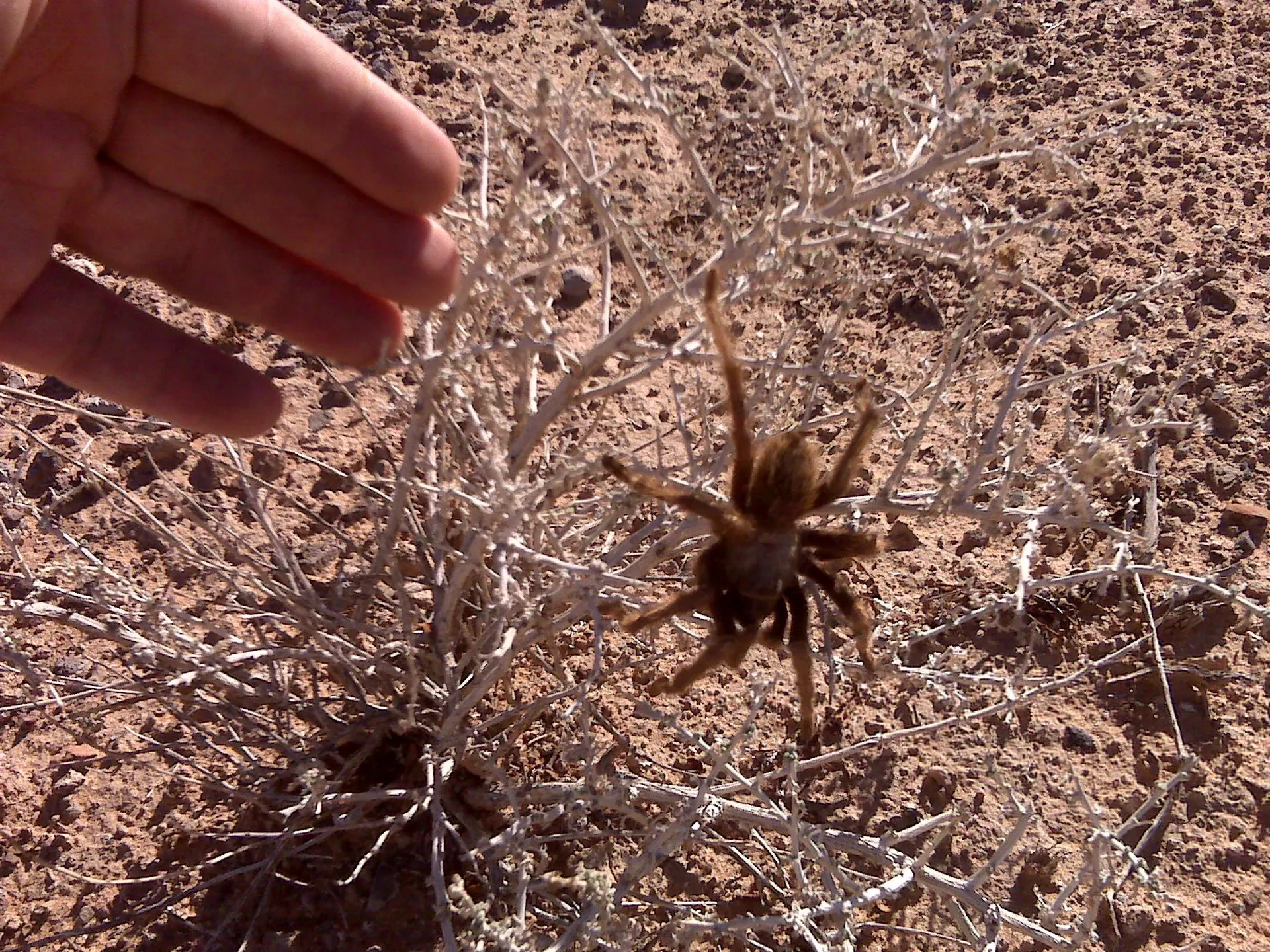
Identifying the Aphonopelma chalcodes, the primary species involved in the Utah tarantula migration, is relatively straightforward, but it requires careful observation. These tarantulas are generally large, with a leg span that can reach several inches. They have a characteristic blonde coloration, with the body and legs covered in fine hairs. Males and females have some distinguishable features. The males, which are the ones involved in the migration, tend to be slightly smaller and have longer legs than the females. Close examination of the pedipalps, the small appendages near the mouth, can help determine the sex. When observing, note the overall size, color, and leg length to confirm the identity. Observing them at a safe distance is the best approach to ensure accurate identification without disturbing the spiders.
Habitat and Distribution
The Utah tarantula, specifically the Aphonopelma chalcodes, has a habitat and distribution tailored to the arid landscapes of the state. They prefer environments characterized by semi-desert conditions with relatively low humidity. The tarantulas are typically found in areas with suitable soil for burrowing, such as open grasslands, scrublands, and canyon areas. The distribution of these spiders within Utah is primarily concentrated in the southern and western regions. They are less common in the northern and eastern parts of the state, where the climate is more diverse. They thrive in habitats that provide protection from the sun, and that are well-drained. Their preference for specific microclimates, and their ability to adapt to survive in harsh conditions, makes the distribution of Utah tarantulas unique.
Why Do Tarantulas Migrate
The primary reason behind the Utah tarantula migration is reproduction. The male tarantulas embark on their journey to find a mate and reproduce. The males have a limited lifespan, and their main objective once they reach maturity is to pass on their genes. The migration is triggered by hormonal changes and environmental cues, signaling the beginning of the mating season. The males are driven by an instinctive urge to seek out receptive females. They will travel for miles, facing various hazards, to fulfill their reproductive purpose. The journey is a testament to the strength of their instinct, and it highlights the central role that mating plays in the survival of the species. This mass movement is a critical part of the tarantula’s life cycle, ensuring the continuation of their lineage.
Mating Behavior
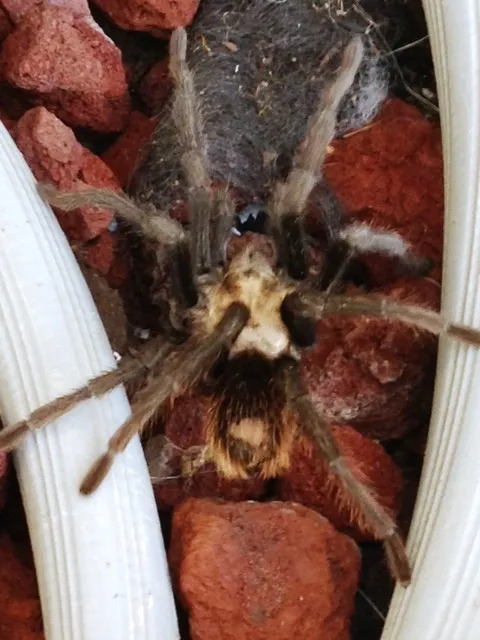
Mating behavior during the Utah tarantula migration is a fascinating process filled with complex rituals. When a male finds a female’s burrow, he will often start drumming or tapping his pedipalps to signal his presence. If the female is receptive, she will respond, and the mating process can begin. The male will carefully approach the female, avoiding any potential aggression. He deposits sperm into specialized structures on his pedipalps, and transfers this sperm to the female. The mating process can be brief, and after the mating is complete, the male will typically leave, as the female may become aggressive. This behavior is a testament to the tarantula’s lifecycle, where the focus is purely on reproduction. Observing this interaction highlights the intricate aspects of their behavior, underscoring the survival instincts of the species.
Finding a Mate
Finding a mate is the sole purpose of the Utah tarantula migration for the males. Their journey is a direct response to the need to reproduce, so finding a suitable mate is a top priority. They utilize their senses to locate females, relying on pheromones, vibrations, and visual cues. Males will wander for weeks, actively searching and investigating possible mating locations. When they locate a female burrow, they may engage in courtship displays. They will assess the female’s receptiveness. If the female is ready, the male will proceed with mating; if not, he will often move on in search of another partner. The success of finding a mate can be a matter of survival, emphasizing the importance of the migration.
The Mating Process
The mating process of the Utah tarantula is a delicate and carefully orchestrated event, crucial for the continuation of the species. The male approaches the female’s burrow cautiously. He starts by displaying his presence through drumming or tapping to signal his intentions. If the female is receptive, the male transfers sperm to the female. The male then quickly retreats to avoid being consumed by the female. After mating, the female will lay her eggs in a silk egg sac. This sac protects the eggs until they hatch. The entire process emphasizes the survival, and the importance of reproduction in the tarantula’s life cycle.
Environmental Factors
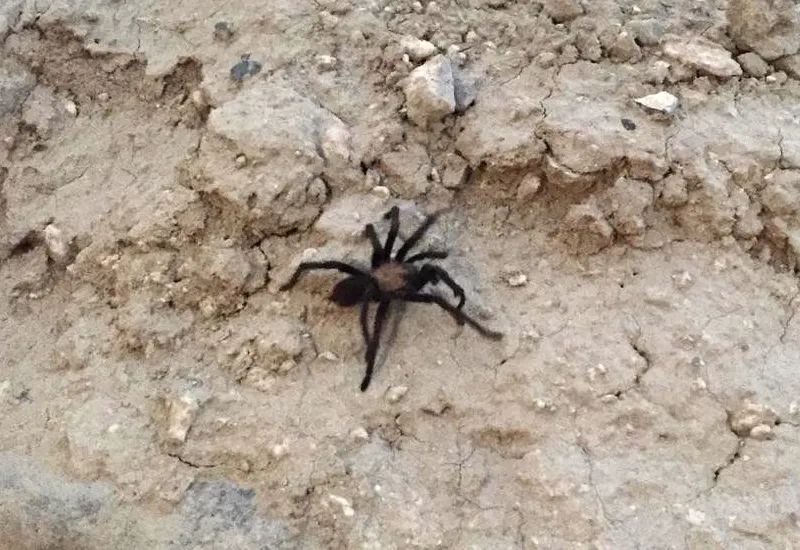
Environmental factors play a crucial role in influencing both the timing and the success of the Utah tarantula migration. Temperature, humidity, and food availability all have significant impacts. Warmer temperatures often trigger the start of the migration. Sufficient humidity is critical for the tarantulas’ survival, as they are vulnerable to desiccation. The abundance of food, such as insects, also affects the tarantulas’ health and readiness to reproduce. Understanding these environmental influences allows for better anticipation and observation of the migration. Environmental changes from year to year can influence the size, duration, and behavior of the migration. Being aware of these elements highlights the interconnection between the tarantulas and their surroundings.
Temperature and Humidity
Temperature and humidity are two of the most critical environmental factors that influence the Utah tarantula migration. The temperature regulates the spider’s activity levels. As temperatures drop in late summer, it often triggers the migration. Humidity affects the tarantula’s hydration. Low humidity levels can pose a threat to the spiders. The cool and humid conditions during the migration are key for tarantula activity. These factors affect the timing, duration, and overall success of the migration. Monitoring these environmental conditions is vital for understanding the migration and predicting when and where tarantulas will be most active.
Food Availability
Food availability has an indirect but important influence on the Utah tarantula migration. While the primary drivers of the migration are reproductive instincts and environmental cues, the spiders need to be adequately nourished before they embark on their journey. The tarantulas store energy reserves to sustain them. Areas with a higher abundance of insects will usually support healthier tarantulas. If food is scarce, tarantulas may delay their migration or their overall health. Understanding the food chain within the habitat helps to understand the ecological factors that influence the tarantulas. This knowledge provides a more complete picture of the environment in which the migration occurs.
Where to Observe the Migration
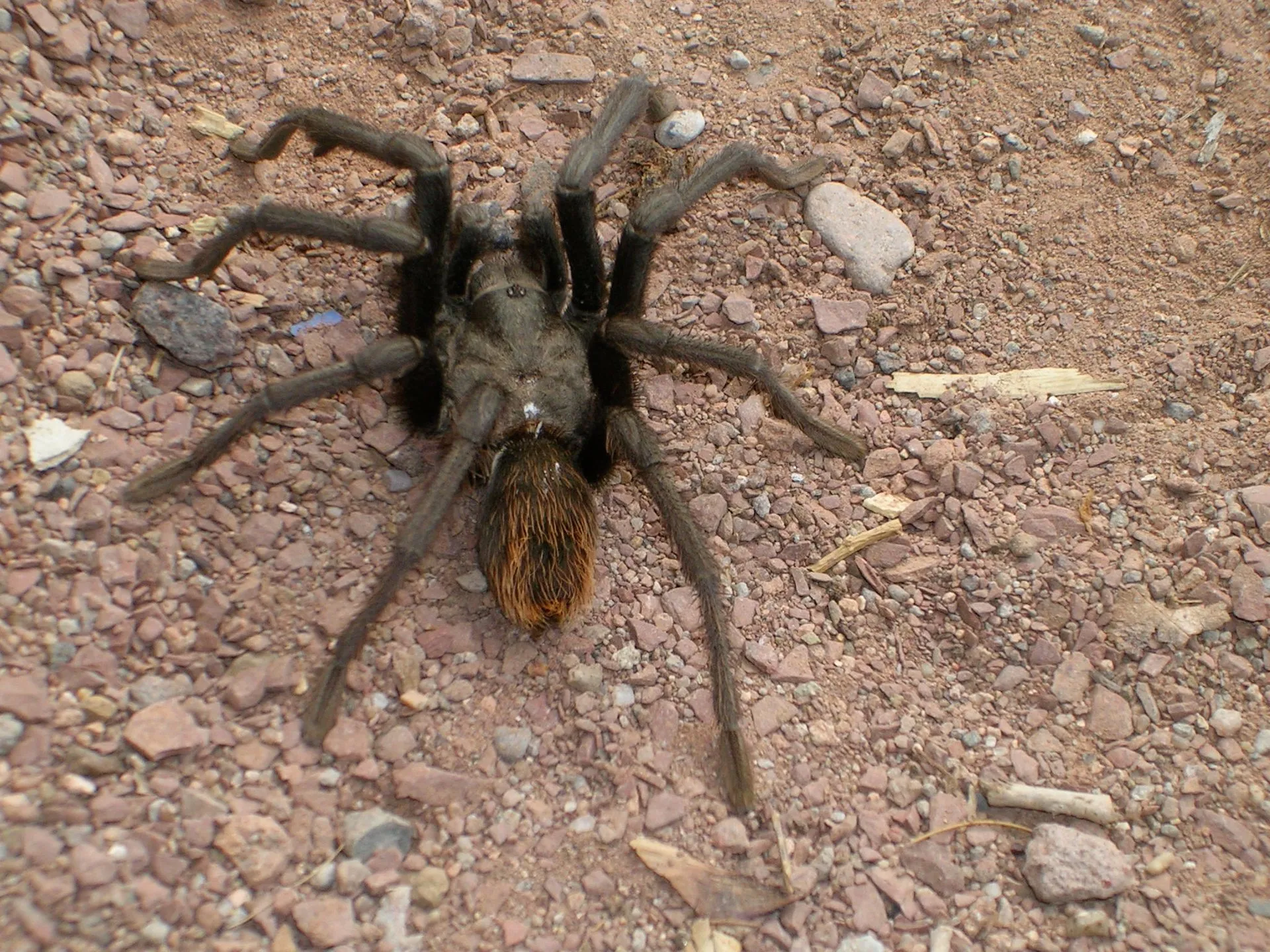
Observing the Utah tarantula migration is an exciting experience. Several locations across southern Utah are known for their annual migration activity. These areas typically include open grasslands, canyons, and desert landscapes. When planning a viewing trip, it’s essential to do some research and identify specific spots. This will increase your chances of seeing the tarantulas. Remember that the migration can vary in intensity from year to year. Checking local reports and online forums for updates can be incredibly helpful. Being patient and prepared to explore different areas is key to having a successful experience. Consider going with an experienced guide to learn more about these creatures. It’s always important to prioritize safety, by observing them from a distance.
Best Viewing Locations
Identifying the best viewing locations for the Utah tarantula migration can significantly enhance your chances of witnessing this spectacle. Areas known for their open grasslands, canyon regions, and desert environments are prime spots for spotting migrating tarantulas. Check with local parks, wildlife organizations, and online forums. They can offer insight into the most active areas. Some popular locations include specific trails and areas in the southern Utah region. Keep in mind that the locations might vary based on the year’s weather conditions. If you have a specific location in mind, you can also inquire about local guided tours to increase your chances of seeing the tarantulas. Remember to explore responsibly, minimizing any disturbance to their natural environment.
Safety Precautions
When observing the Utah tarantula migration, it is important to take safety precautions. While the Arizona blonde tarantula is not highly venomous, a bite can be painful. Always observe the tarantulas from a safe distance. Avoid touching or handling them. Wear sturdy shoes and long pants to protect yourself from bites. Be aware of your surroundings, and watch out for other potential hazards. Make sure you are not going out alone, and have someone to go with you. If you encounter a tarantula, appreciate it from afar, and do not try to agitate or provoke it. By following these precautions, you can enjoy the migration safely. You can have a memorable experience while minimizing risks.
Respecting Wildlife
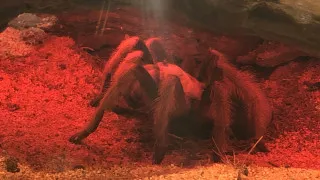
Respecting wildlife is essential when observing the Utah tarantula migration. Remember that you are entering the tarantulas’ natural habitat. It’s vital to minimize disturbance and avoid disrupting their behavior. Refrain from littering, and stay on designated trails. Avoid using flash photography, as this can disturb the spiders. Do not try to move or relocate any tarantulas, as this can negatively impact their survival. Be a responsible observer, and enjoy the experience from a safe distance. By demonstrating respect for these fascinating creatures, you can contribute to their conservation and preserve their natural behavior. Responsible and ethical wildlife viewing is key to ensuring the continued beauty and wonder of the migration.
